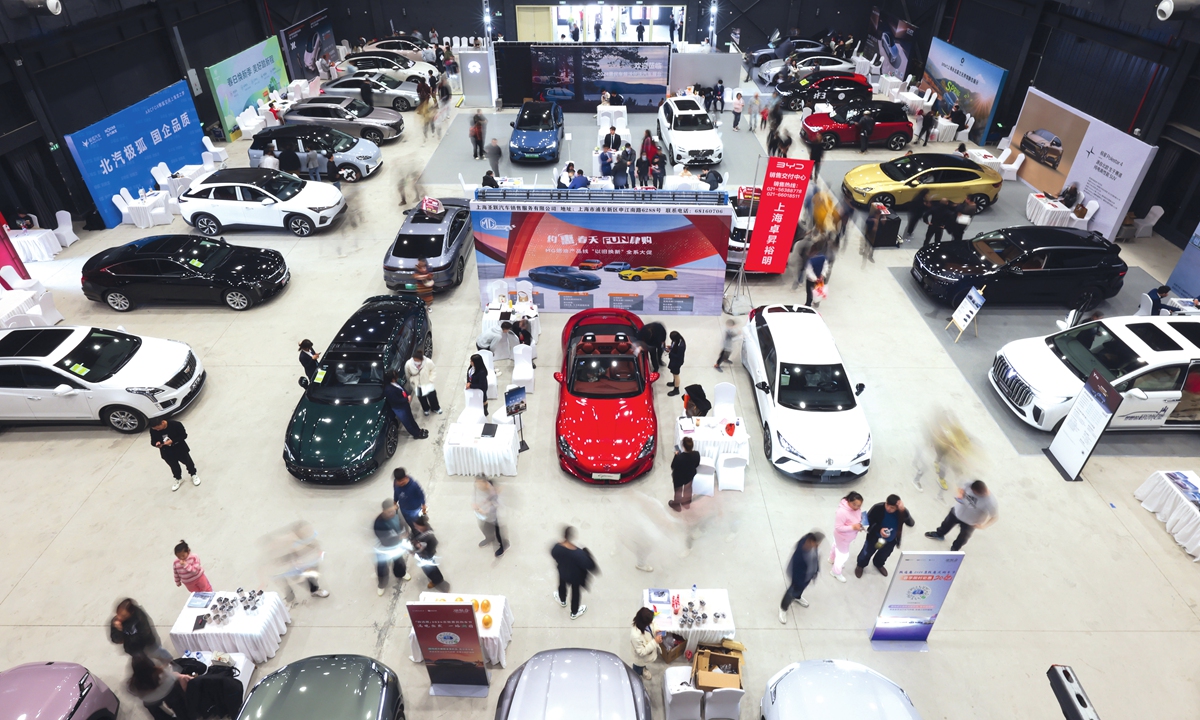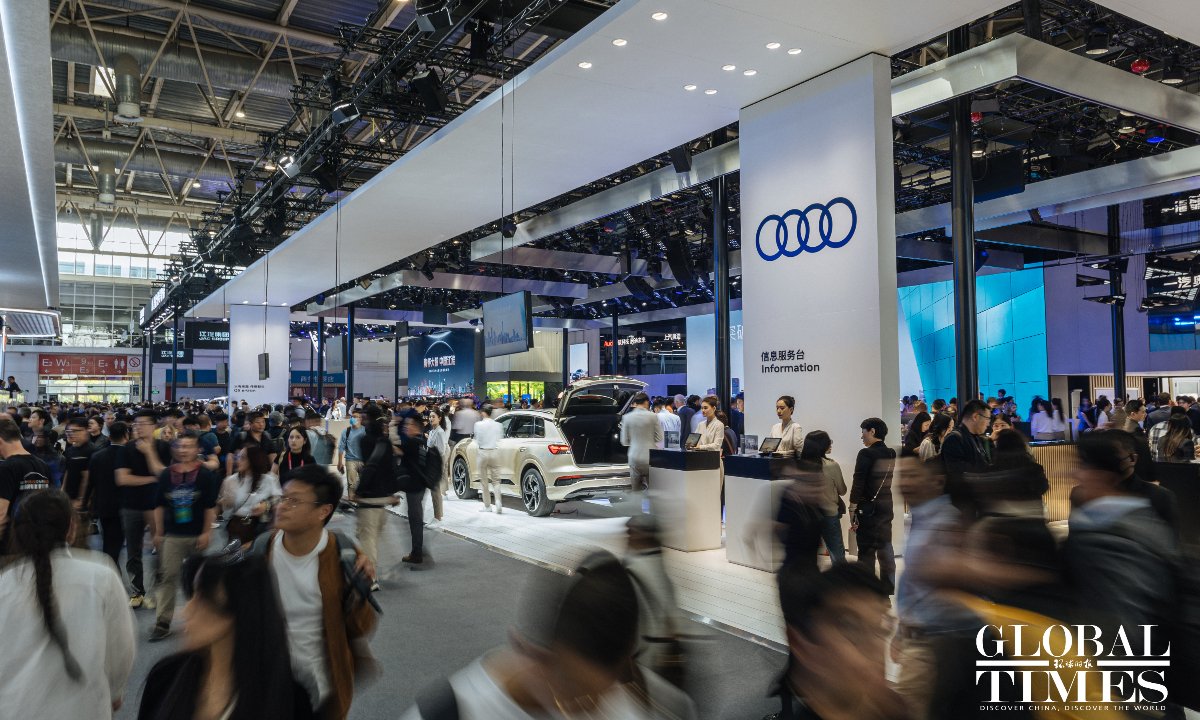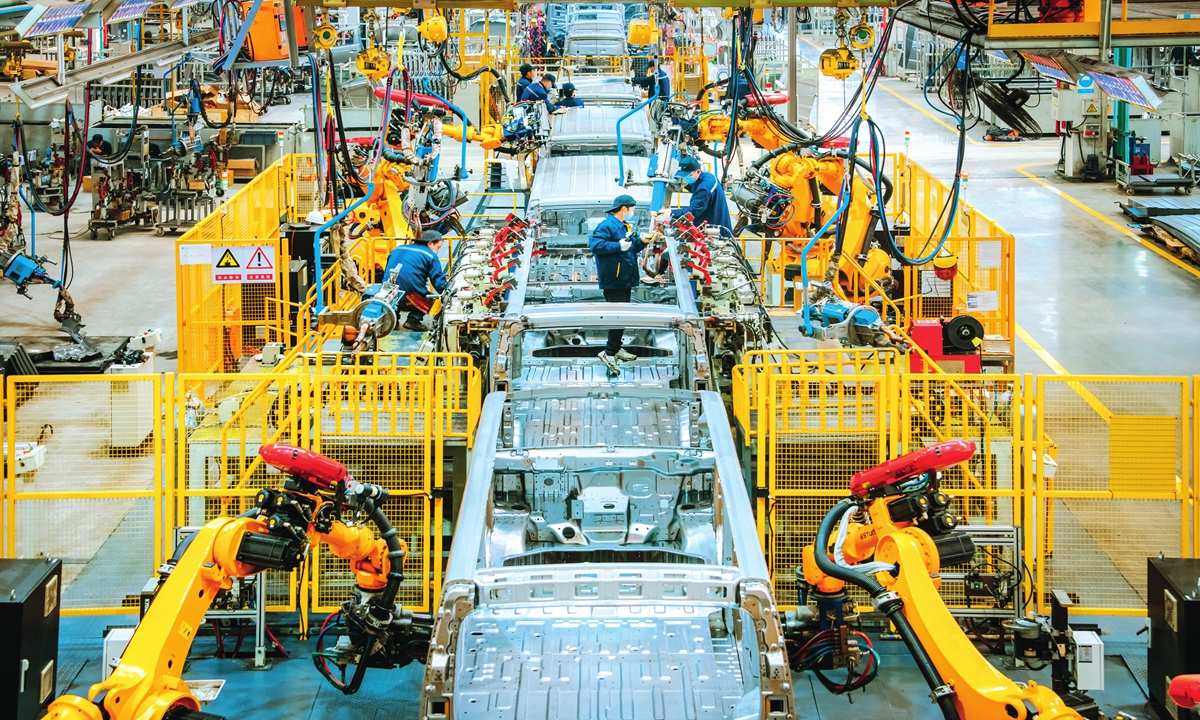Shenzhen completes construction of 362 supercharging stations, surpassing gas station count

Shenzhen Photo: VCG
Shenzhen, in South China's Guangdong Province, has constructed 362 supercharging stations for new energy vehicles (NEVs) as of April 30, exceeding the number of traditional gas stations, according to the local development and reform commission. The number of charging ports in the city has also surpassed that of gas pumps, reflecting the positive trend in Shenzhen's NEV market development and the effective operation of its charging infrastructure.
The increase in the number of supercharging stations has notably boosted the charging efficiency of NEVs. Statistics from the Shenzhen Power Supply Bureau of China Southern Power Grid show that in the first quarter, Shenzhen saw a surge in NEV charging, reaching 670 million kilowatt-hours, marking a 10.9 percent year-on-year increase, indicating a thriving market for NEVs in Shenzhen.
For a household NEV, it usually takes 7 to 8 hours to fully charge using a standard charging pile, 1 to 2 hours using a fast charging pile, whereas with a supercharging pile, it can reach 80 percent or more in just 10 minutes or even less, enabling a "coffee break, fully charged and ready to go" scenario, significantly enhancing the charging experience.
On June 29, 2023, Shenzhen debuted its first fully liquid-cooled supercharging demonstration station and officially launched the "city of supercharging stations" initiative. At present, the supercharging service network has been preliminarily established across the city, with most stations leveraging existing public charging infrastructure and strategically situated in major commercial centers, bus terminals, industrial parks, and other key locations.
Under a plan for NEV supercharging facilities, Shenzhen aims to establish a globally cutting-edge infrastructure and versatile service system for supercharging facilities by the end of 2024. The plan also emphasizes advancing the interactive mechanism for electricity demand allocation, hastening coordination among enterprises, technologies, scenarios, and beyond.
Data shows that by the end of 2023, the number of NEVs in Shenzhen has surpassed 970,000, with NEVs constituting over 60 percent of new car sales. By the end of 2025, the scale of NEVs in Shenzhen is expected to reach 1.3 million units.




